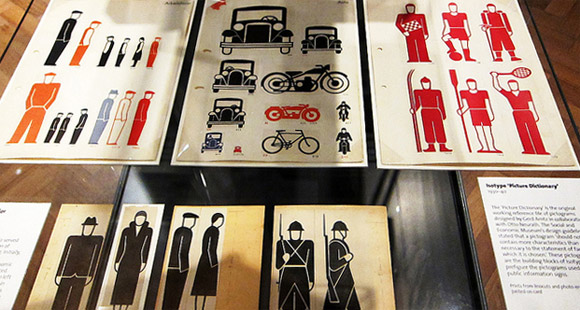Frances Berriman’s post about being an accidental designer struck a chord with me, particularly the consideration of design as a soft-science:
I unfairly (despite being very much into, and doing, art throughout my life) considered “design” to be a soft subject – engineering being the one with the greater level of difficulty. Wrong assumption, I realise, but easily encouraged during my time with computer scientists during my degree years where the concept of service design for the human-being end of software was treated as a “nice extra” and usually quite glossed over.
My attitude was similar until I had the opportunity to study book design. Web development is a surprisingly similar field to book design; think large quantities of data, tons of images, typography, how the user/reader is interacting with what you made. That experience also made me acutely aware that websites are living things, another point that she touches on:
Those of us building websites then, early adopters of proper web-standards and sites that worked for lots of different kinds of users, tried desperately to make them understand that this isn’t print and it is a flexible, changing, growing, responsive, versatile, medium. They didn’t get it.
I’ve seen the other side of the fence, and like she says, it’s not so much that they don’t get it, more that they have been given the chance to do so. That leads me to a post by Jeff Atwood, But You Did Not Persuade Me. Definitely a skill I need to work on.







